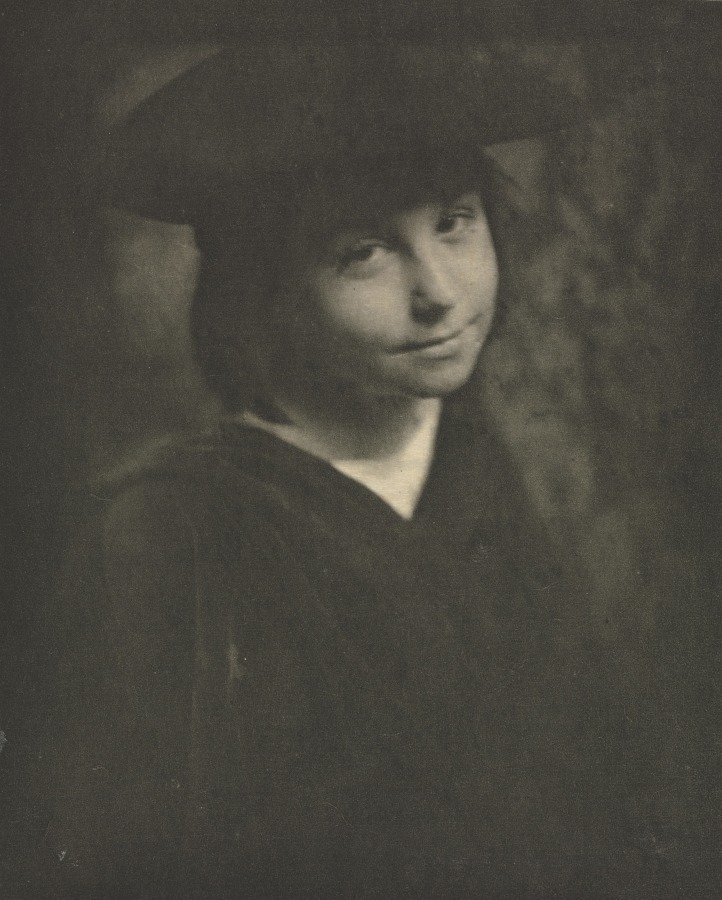Paul Strand American, 1890-1976
Paul Strand (born in New York City) was an influential advocate of the straight approach in creative photography. While a student at the Ethical Culture School in New York, Strand studied photography with Lewis Hine (1907-8). In 1908 he joined the Camera Club of New York and three years later traveled through Europe, making softly focused, manipulated photographs in the popular pictorial style. In the fall of 1911 Strand established himself as a freelance commercial photographer in New York and two years later began visiting the exhibitions of modern art at Alfred Stieglitz's Photo-Secession galleries.
Between 1914-17, stimulated by his contact with Stieglitz and avant-garde American and European art, Strand abandoned pictorialism for images that expressed an interest in formal concerns and the dynamism of contemporary urban life. He experimented with abstraction and movement and candid portraiture of people on the street. Excited by Strand's innovative work, Stieglitz exhibited his pictures at "291" in 1916 and featured them in the final two issues of Camera Work (October 1916; June 1917). In 1917 Strand expressed his belief in a pure photographic aesthetic, stressing the objectivity of the medium and its ability to produce "a range of almost infinite tonal values which lie beyond the skill of the human hand."
The following year Strand served as an x-ray technician in the Army Medical Corps. After his year of service, he returned to New York and in 1920 collaborated with painter/photographer Charles Sheeler on the avant-garde film Manhatta (originally titled New York the Magnificent). Throughout the 1920s Strand made his living as a filmmaker, only occasionally making photographs. He pursued both film and creative photography in the 1930s and early 1940s; by 1945, however, when his images were featured in a one-person exhibition at the Museum of Modern Art, New York, still photography had once more become his primary focus. After visiting France in 1950 he decided to settle there, and over the following two decades traveled and photographed in Europe and Africa.
Strand's work has been widely exhibited. Retrospectives have been mounted by the Museum of Modern Art, New York (1945), the Philadelphia Museum of Art (1971, and tour), and the Metropolitan Museum of Art, New York (1973), and numerous traveling exhibitions have been organized, including Paul Strand: An American Vision by the National Gallery of Art, Washington, D.C. (1990). He was named an Honorary Member of the American Society of Magazine Photographers (1963) and a Fellow of the American Academy of Arts and Sciences (1973). M.M.
